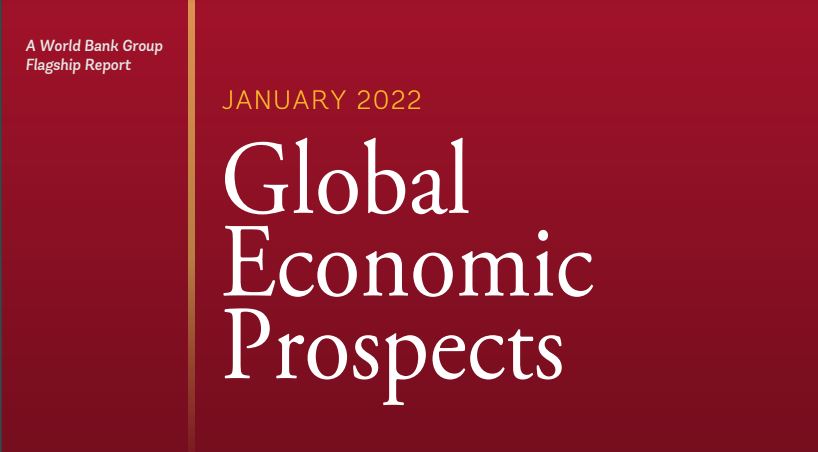A flagship report by the World Bank notes that output in Europe and Central Asia (ECA) is estimated to have expanded by 5.8 percent in 2021, reflecting a faster-than-expected rebound in domestic demand through most of the year.
Global Economic Prospects: January 2022 says firming activity in the euro area and higher commodity prices lifted export growth and remittance inflows, further bolstering the regional recovery. Robust incoming data contributed to upward revisions of estimates for 2021 growth in about 90 percent of ECA economies.
Recent high-frequency data, however, suggests that the latest surge of the pandemic will be disruptive, including through tighter domestic mobility restrictions and international travel bans, according to the report. New export orders have reportedly slipped, reflecting softening external demand and supply bottlenecks.
The report notes that consumer confidence is waning owing to increasing COVID-19 cases, rising inflation, and policy uncertainty. Many of the region’s central banks are rapidly withdrawing monetary policy accommodation, prompted by a surge in prices that has pushed inflation above targets in nearly all inflation-targeting economies in the region.
According to the report, growth in ECA is forecast to slow to 3 percent in 2022—about half the pace in 2021—as tighter macroeconomic policy and recurrent COVID-19 outbreaks, including from Omicron, weigh on demand. Regional growth is forecast to continue to ease in 2023, reaching 2.9 percent, as fiscal support continues to be withdrawn.
The boost from external demand is reportedly expected to fade in 2023, as global and euro area growth decelerate and commodity prices edge down. Per capita GDP in 2023 is projected to be about 1.5 percent below its pre-pandemic trend, and the pace of ECA’s per capita income catch-up with advanced economies is expected to be significantly slower over 2021-23 than in the decade before the pandemic.
Growth in Central Europe is forecast to moderate to a still robust 4.7 percent, supported by domestic demand, and then to decelerate to 3.7 percent in 2023. Growth in Eastern Europe in the near term is projected to be the weakest among the ECA subregions, halving from 3.1 percent in 2021 to 1.4 percent in 2022, and then forecast to rise to 3.2 percent in 2023, assuming geopolitical tensions do not escalate further.
The report notes that risks to the baseline forecast for the region remain tilted to the downside. Further COVID-19 outbreaks may occur, especially in economies with low vaccination rates. Given tight global and euro area financial and trade linkages, a prolonged pandemic elsewhere could generate negative spillovers to ECA. The region’s energy exporters remain vulnerable to large swings in global commodity prices.
The possibility of financial stress also looms over the region’s outlook, especially given the risk of inflation remaining above target beyond 2023 in many ECA economies. In many of the region’s economies, external financing pressures have remained elevated, reflecting heightened policy uncertainty and geopolitical risks.
The World Bank experts predict that Tajikistan’s economic growth will decelerate to 5.5 percent in 2022 and 4.5 percent in 2023.
According to Tajik government’s official data, economic growth in Tajikistan over the first nine months of last year stood at 8.9 percent, while the government had projected that the real growth would stand at 7.6 percent in 2021.




